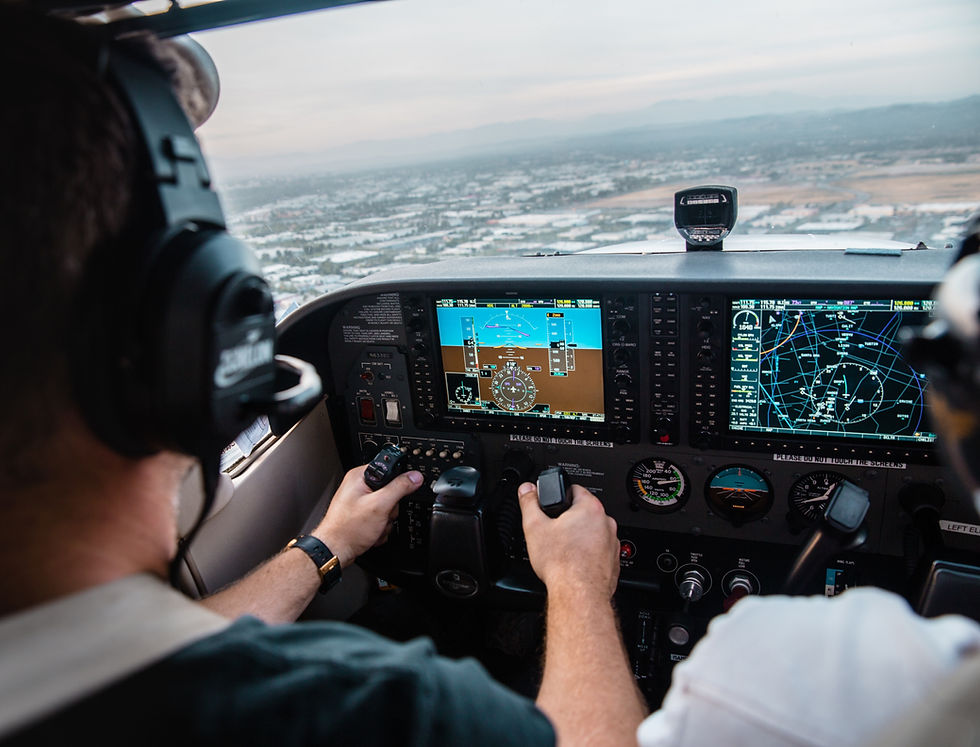A BROAD PERSPECTIVE BEFORE YOU GO ABROAD FOR FLYING !!!
Updated: Sep 7, 2021
Flight training is one of the most memorable times in a pilot’s life. While, flying in India has its benefits, flying in the United States has its own charm!
If you are someone who is considering United States as your destination for flight training, here are a few things you might want to consider

1. Curriculum:
The United States offers 2 types of curriculum for Flight schools: Part 61 and Part 141. While Part 61 is more loosely structured, Part 141 has a well defined structure. Each have their advantages. Be sure to ask your flight school which curriculum they follow.

2. Weather:
The Flight schools in the United States pride themselves over finishing up CPL training in the matter of few months. However, certain flight schools have to remain closed for VFR (visual flight rules) flights during certain times of the year. Be sure you are well aware of these downtimes and majorly save on living costs

3. Visa type:
Students of flight training are offered two types of visas: M1 and F1. While, an M1 visa allows you to engage in non-academic and vocational study, the F1 visa is issued for academic studies. An F1 visa does give you permission to work in the United States for up to 2 years whereas the M1 Visa is strictly meant for education purpose.

4. FAA vs DGCA rules:
The rules and regulations of both Civil Aviation authorities are quite different from each other. For example: FAA considers a leg of 50 NM or more a cross country whereas DGCA requires 100 NM or more, “Buddy flying” which allows 2 pilots to log PIC time in FAA is not authorized by DGCA, FAA allows the pilot to log PIC time for all flights after acquiring their PPL whereas PIC time cannot be logged for instructional flights and night VFR can only be logged in FAA. Such differences should be identified and accordingly logged in separate log books.

5. Conversion documentation:
There are a list of conversion documents that need to be signed and stamped by your flight school before you head back to India for conversion purpose. Have a look at the following links:

6. Practice areas and approaches near by:
Nearly all flight schools in the US have practice areas to head to for practicing maneuvers and nearby uncontrolled airports to practice landings or approaches. Be sure to gather good information about the same, how much time it takes to get there, what kind of approaches do you get to do and if there are night facilities etc.

7. Fleet:
Most Flight schools use the C-172s and the 152s for general aviation purpose, which are available in India too. However, the most popular multi engine aircraft in India is PA-34 which is not so common in the States. Make sure the fleet is accepted/ available in/ approved by India.

8. Medicals:
The Class 1 and 2 medicals of DGCA are not approved by the FAA. However, FAA medicals are performed by many Doctors in India.

9. Hidden Costs:
There are many additional costs that one might consider while moving to the United States. They include vehicle costs (buying your own vehicle is cheaper than renting an Uber to get around), insurance costs (health and vehicle), visa and i20 costs, study material purchase etc.

10. Different logbooks:
Since the DGCA regulations differ a lot from FAA, separate logbooks need to be maintained for ease of understanding.
Conclusion
While the costs in the United States are considerably high and other considerable downsides are present, the advantages are definitely worth a thought. Hope few of these tips allow you to make a more informed decision.
Recent Posts
See AllIf you ask any Commercial Pilot today about their flight training, they’d probably tell you how challenging it was at the start. Every...


コメント